Take on the trail: Tips on physically preparing your body for a trek

Gearing up for a long trek isn't just about packing the right gear; it's also about preparing your body for what's to come! Whether you're planning a hike into the Himalayas or a traverse through nature’s landscape, physical preparation is the key to an enjoyable and enduring trekking experience. Engaging in regular trekking enhances cardiovascular health, improves muscle tone, and boosts mental well-being. So, how do you ensure your body is up for the challenge?
Here are a few tips…
1. Get your steps in:
Begin incorporating more walking into your daily routine. Opt for a stroll in the evenings, and gradually increase your daily step count. This simple practice helps condition your muscles for the extended periods of walking you'll face on a trek. An easy and effective way to engage your leg muscles is by taking the stairs whenever possible. This everyday activity mimics the ascent and descent you'll encounter during a trek, providing practical conditioning for your lower body.
2. Cardiovascular Conditioning:
Before you hit the trail, focus on cardiovascular exercises like running, cycling, or swimming. These activities enhance your heart and lung capacity, crucial for navigating varying altitudes and terrains. Aim for at least 30 minutes of cardio, three to four times a week, gradually increasing intensity as your trek date approaches. Stronger legs and core muscles will better support you on your outdoor adventure.
Pro tip: Take some time to hone your swimming skills prior to the trek. This way, you'll able to handle adverse situations, all while enjoying waterbodies along your trek safely.
3. Leg day, every day:
Your legs bear the brunt of the trekking load, so strengthening them is paramount. Incorporate exercises like squats, lunges, and calf raises into your workout routine. Not only will these exercises build muscle strength, but they'll also improve stability on uneven terrain.
4. Endurance Elevation:
Simulate trekking conditions by gradually increasing the duration and intensity of your hikes. Start with short, local trails and progressively advance to longer routes. This not only builds physical stamina but also allows your body to acclimate to sustained physical activity. In addition to this, make sure you’re challenging yourself with a weighted bag. If you want to take it up a notch, pack your practice bag with a few extras, so the eventual trek feels like a walk in the park!
5. Terrain Trials:
Vary your training terrains to simulate the diverse landscapes you might encounter on a trek. Mix up your routine with uphill walks, downhill descents, and uneven surfaces. This challenges your muscles in different ways, preparing them for the unpredictable nature of trekking paths. Try to traverse in different weather conditions to prepare yourself for anything that comes your way.
6. Use walking poles:
When you’re navigating challenging trails or exploring the great outdoors, walking poles become your best friends. They take the pressure off your knees on the downs, give you extra support on the ups, and help greatly with stability. Incorporate poles into your training sessions so you get used to walking with them.
7. High-quality gear:
Quality gear is your best companion on the trail. Invest in high-quality trekking shoes, moisture-wicking clothing, and a comfortable backpack. The right gear not only enhances your trekking experience but also protects your body from unnecessary strain and discomfort.
Pro tip: If you’ve just bought a new pair of trekking shoes, give yourself time to break them in. Wear them around the house for a few days, then build up to a short walk. Finally, take a hike with them on, paying attention to the comfort they provide
8. Fuel your body:
Fuel your body with a balanced diet rich in carbohydrates, proteins, and healthy fats. Adequate nutrition ensures your body has the energy to endure long treks and recover efficiently. Stay hydrated and carry energy-boosting snacks to keep yourself nourished on the trail.
9. Stretch it out:
Stretching for 10 minutes twice a day will help with injury prevention, and increase flexibility and range of motion. Focus on working on the hip flexors, core, quads, hamstrings, and Achilles. Strengthening all these areas is paramount for effective hiking over longer distances.
As you lace up for your outdoor escapade, remember that the journey starts well before you hit the trail. Physical preparation and planning is the key to turning a challenging trek into an enjoyable adventure. Your trail-ready body will thank you with every step on that winding path through nature's wonders. Happy trekking!




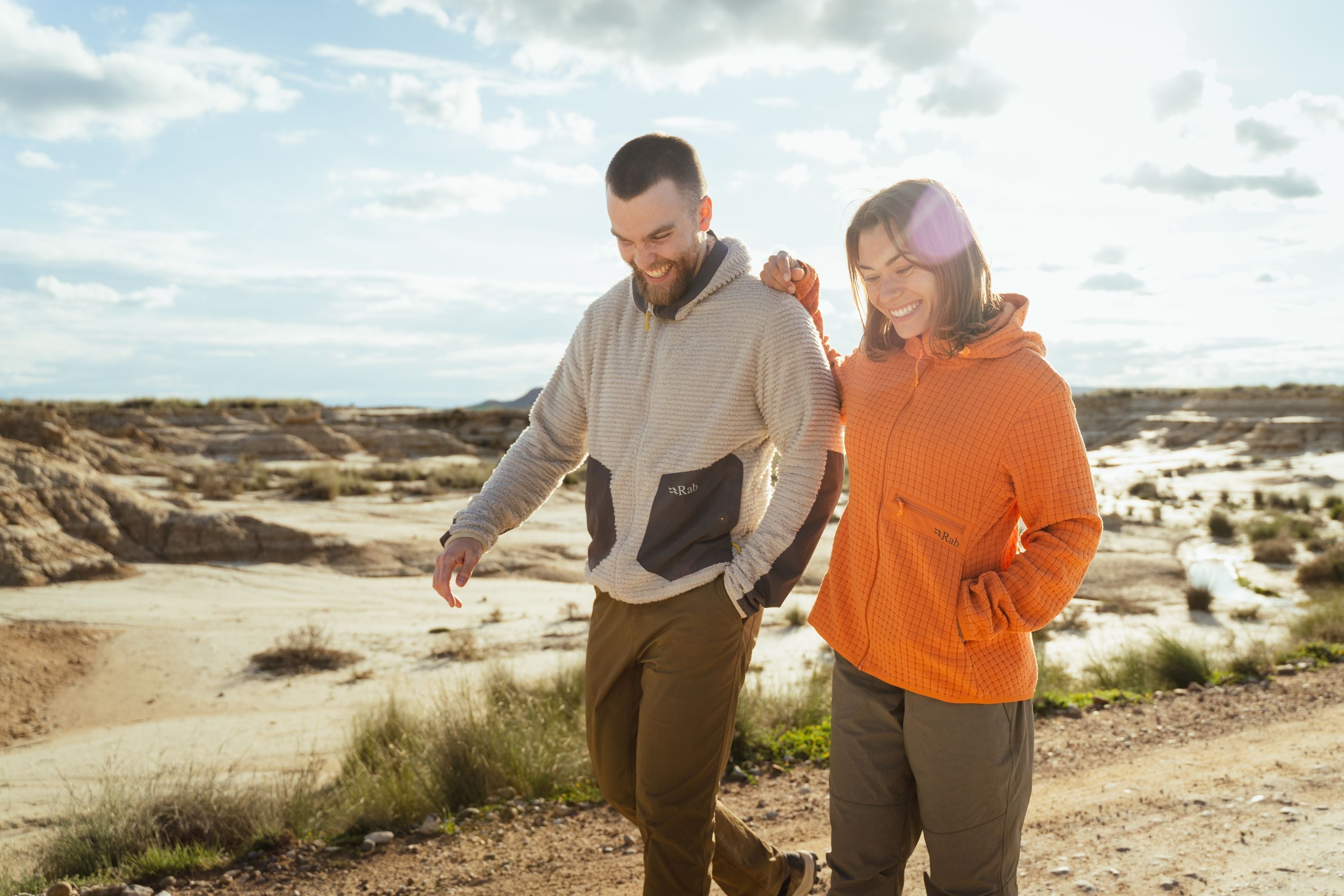
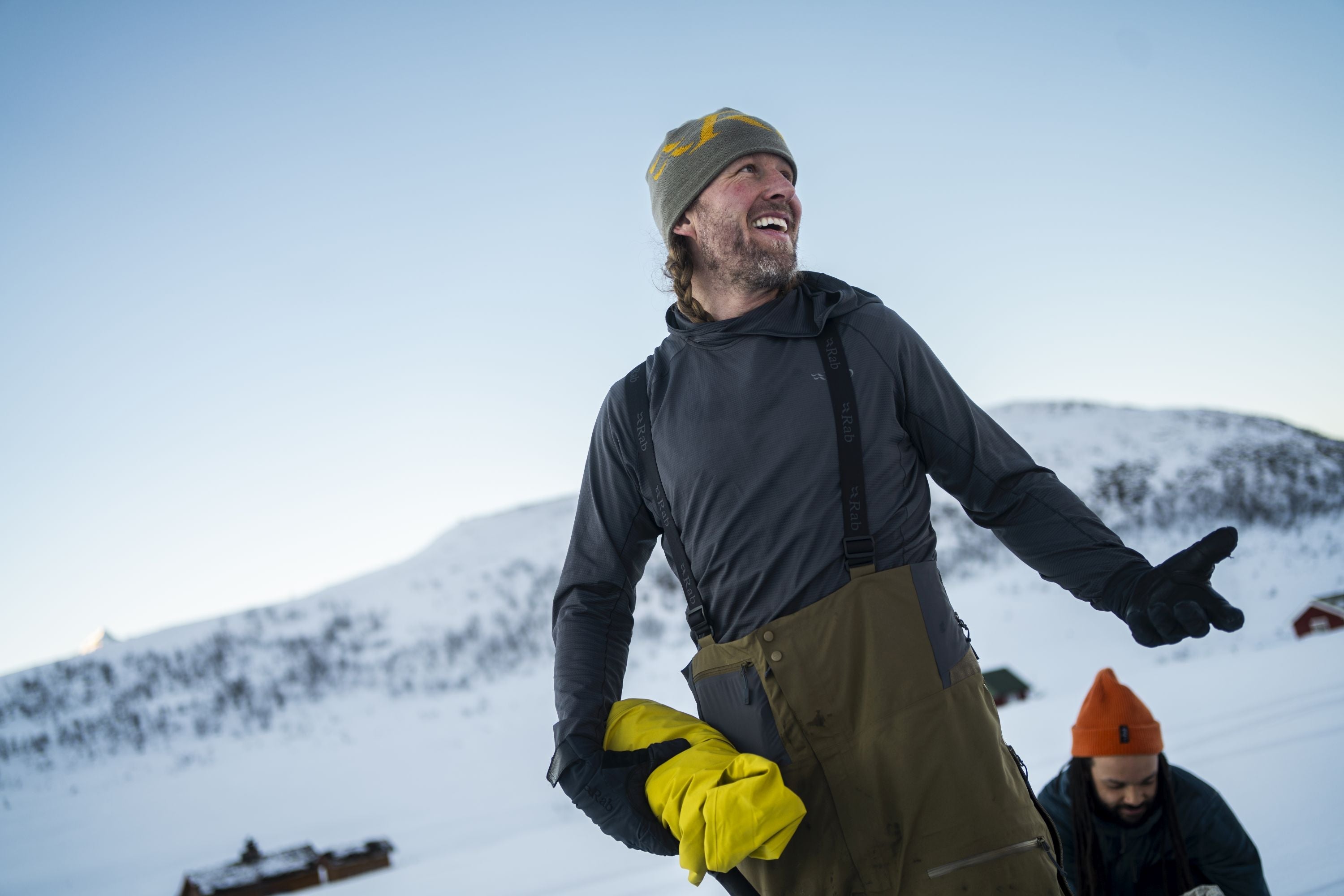
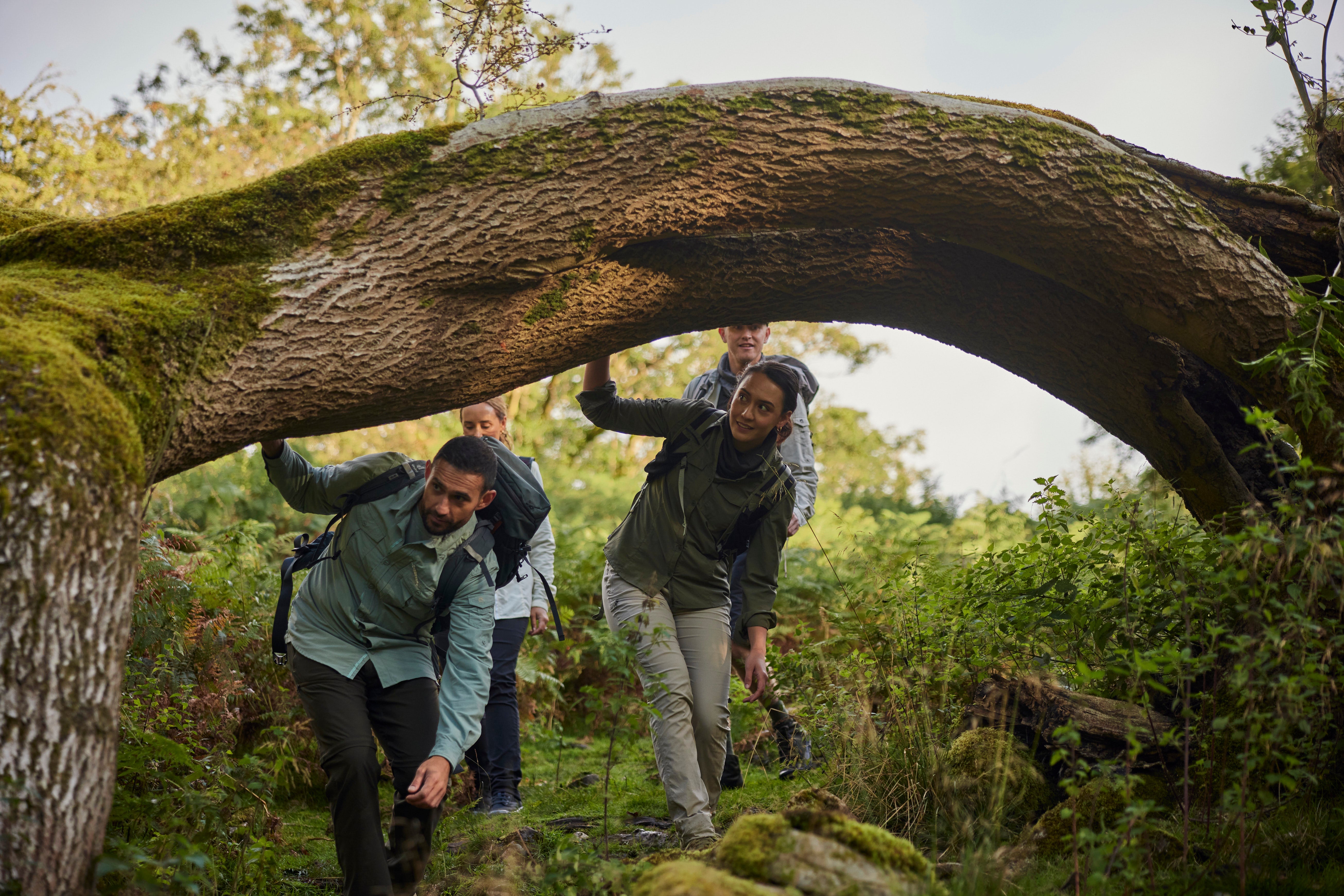
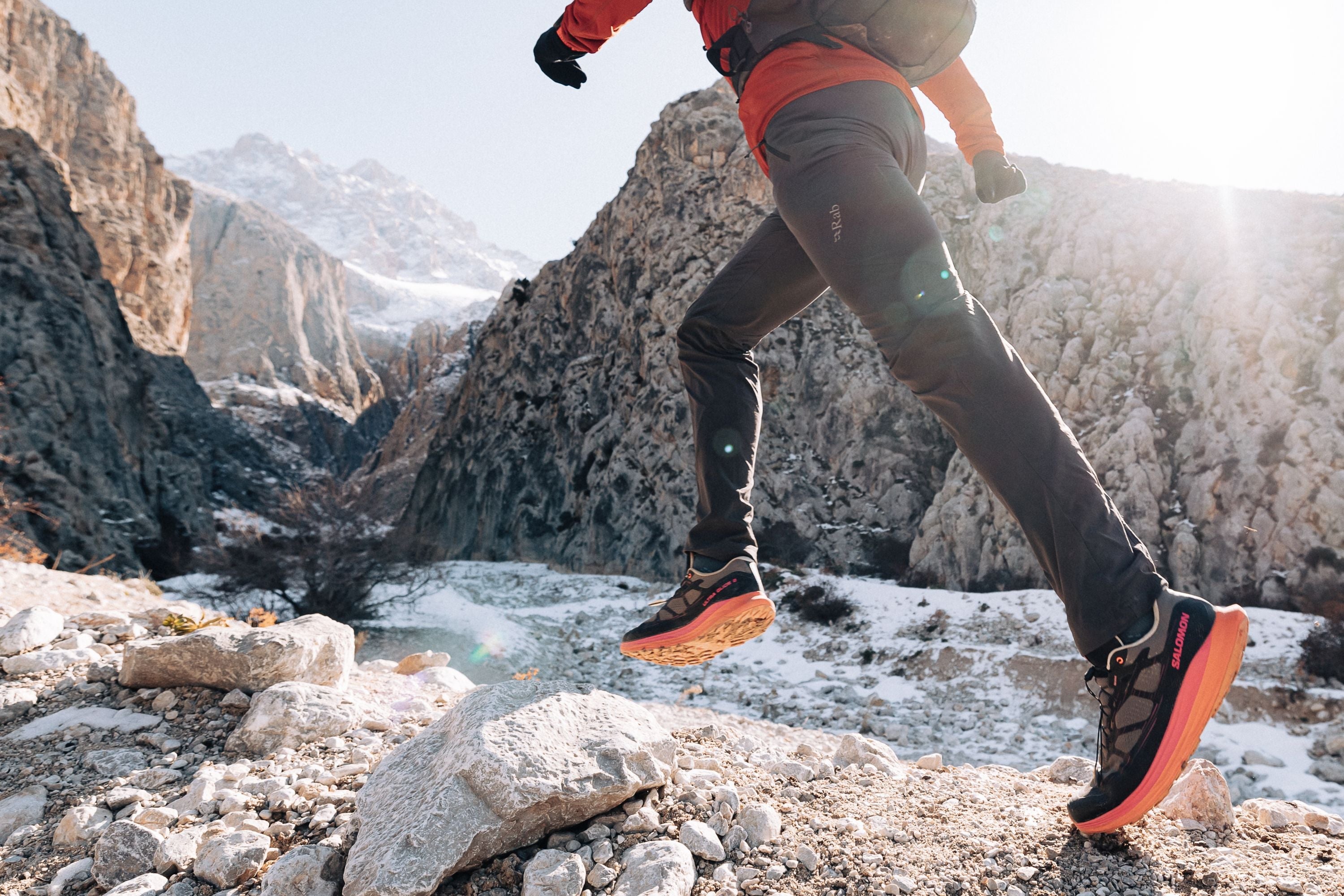
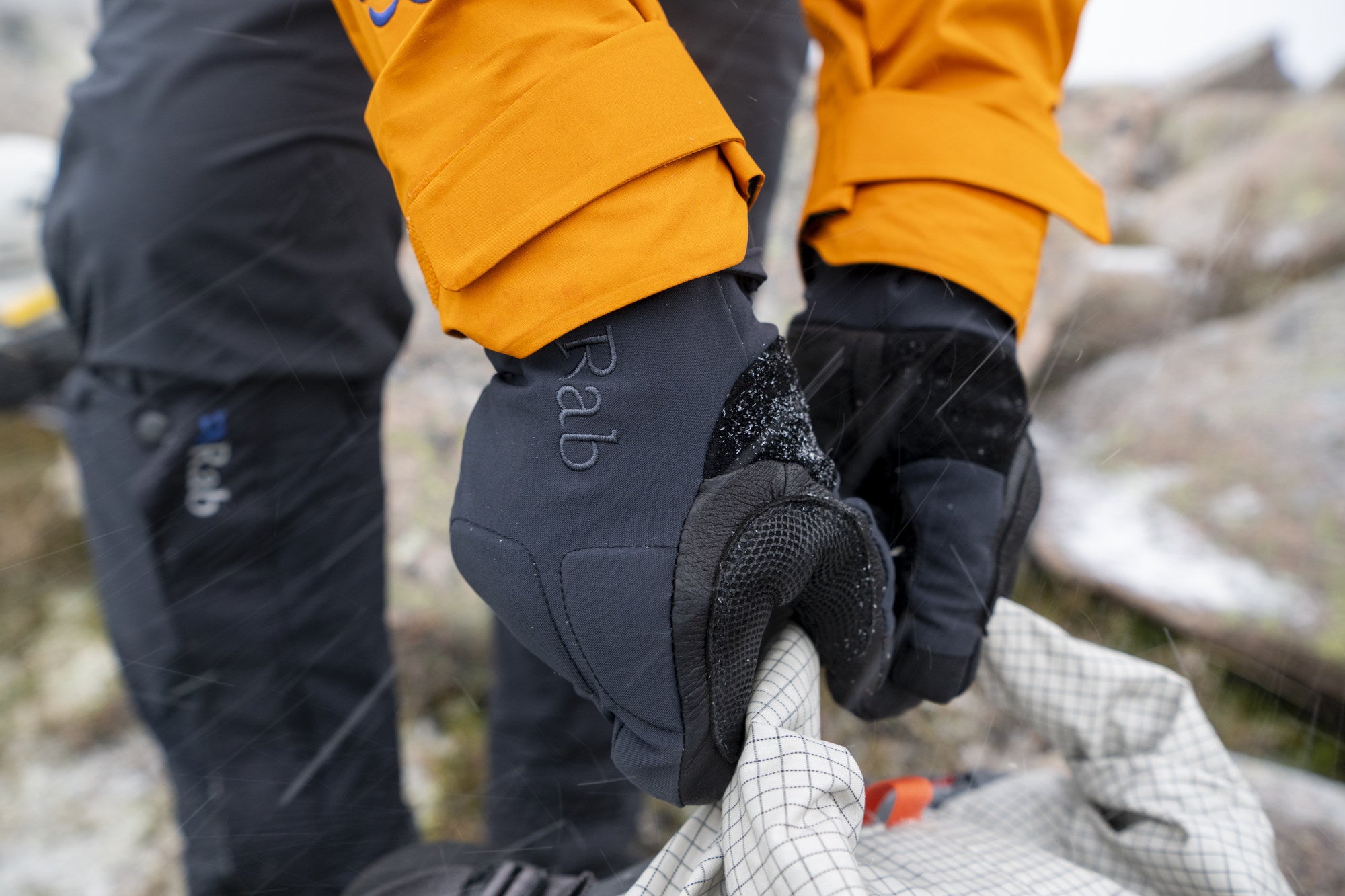
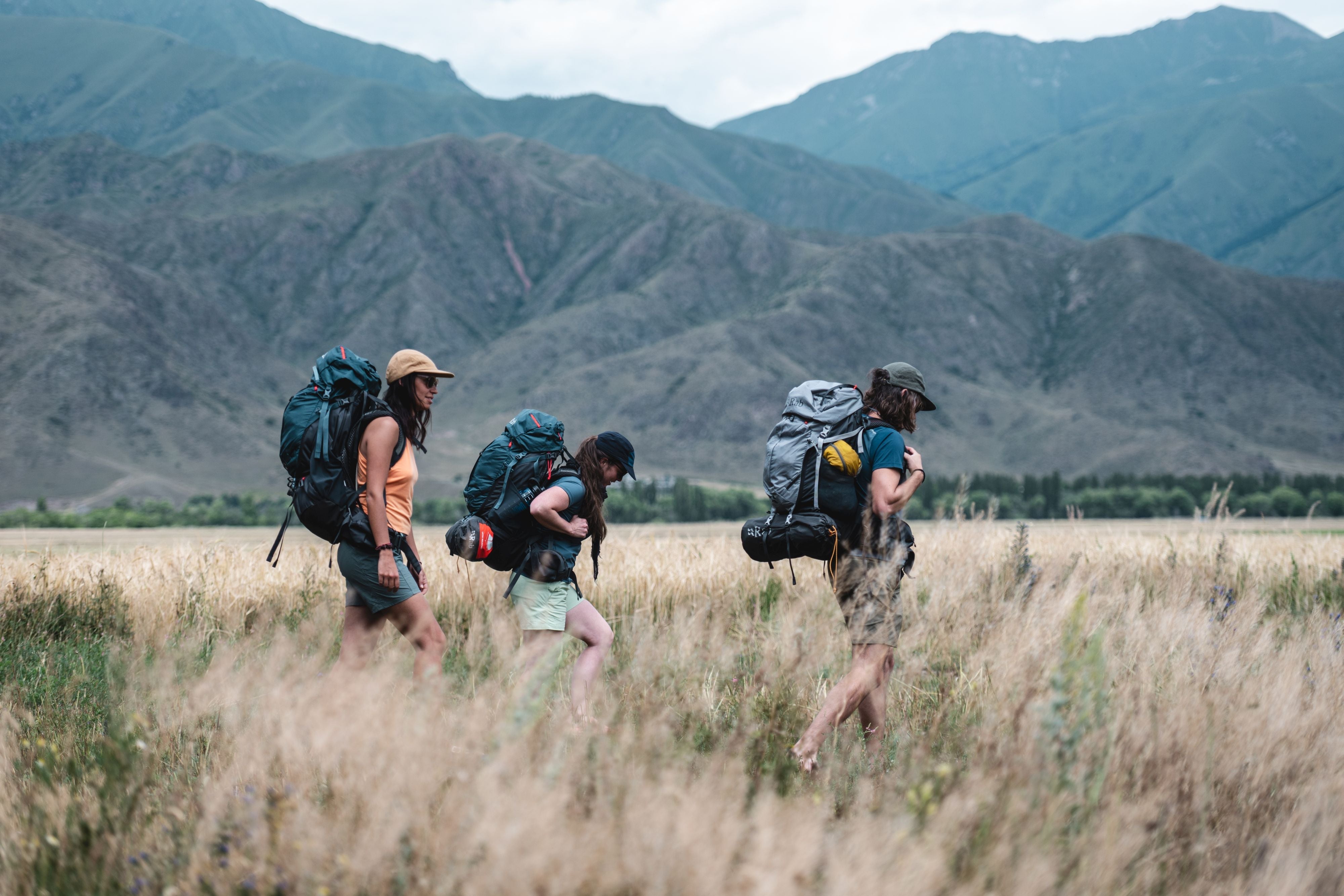
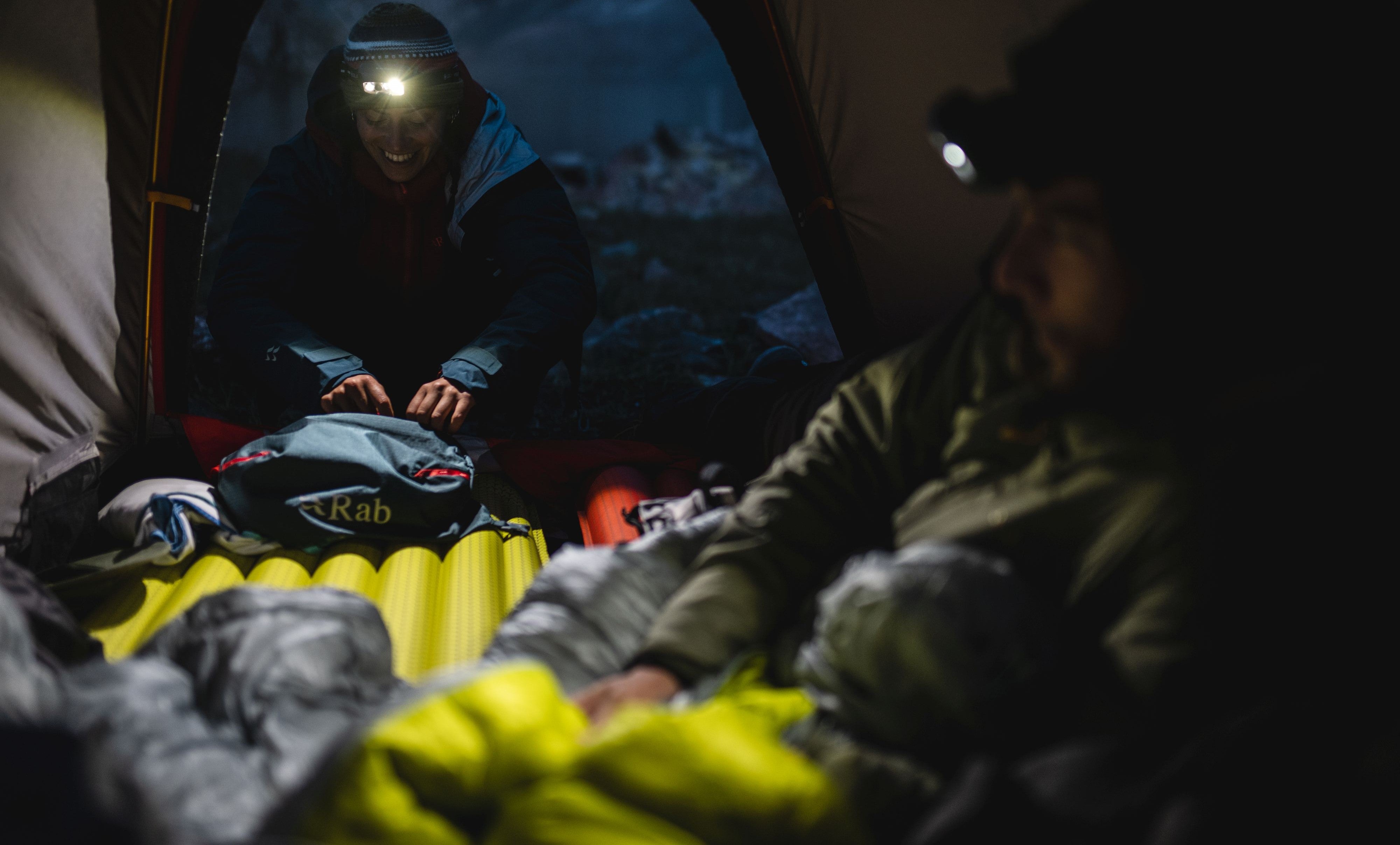
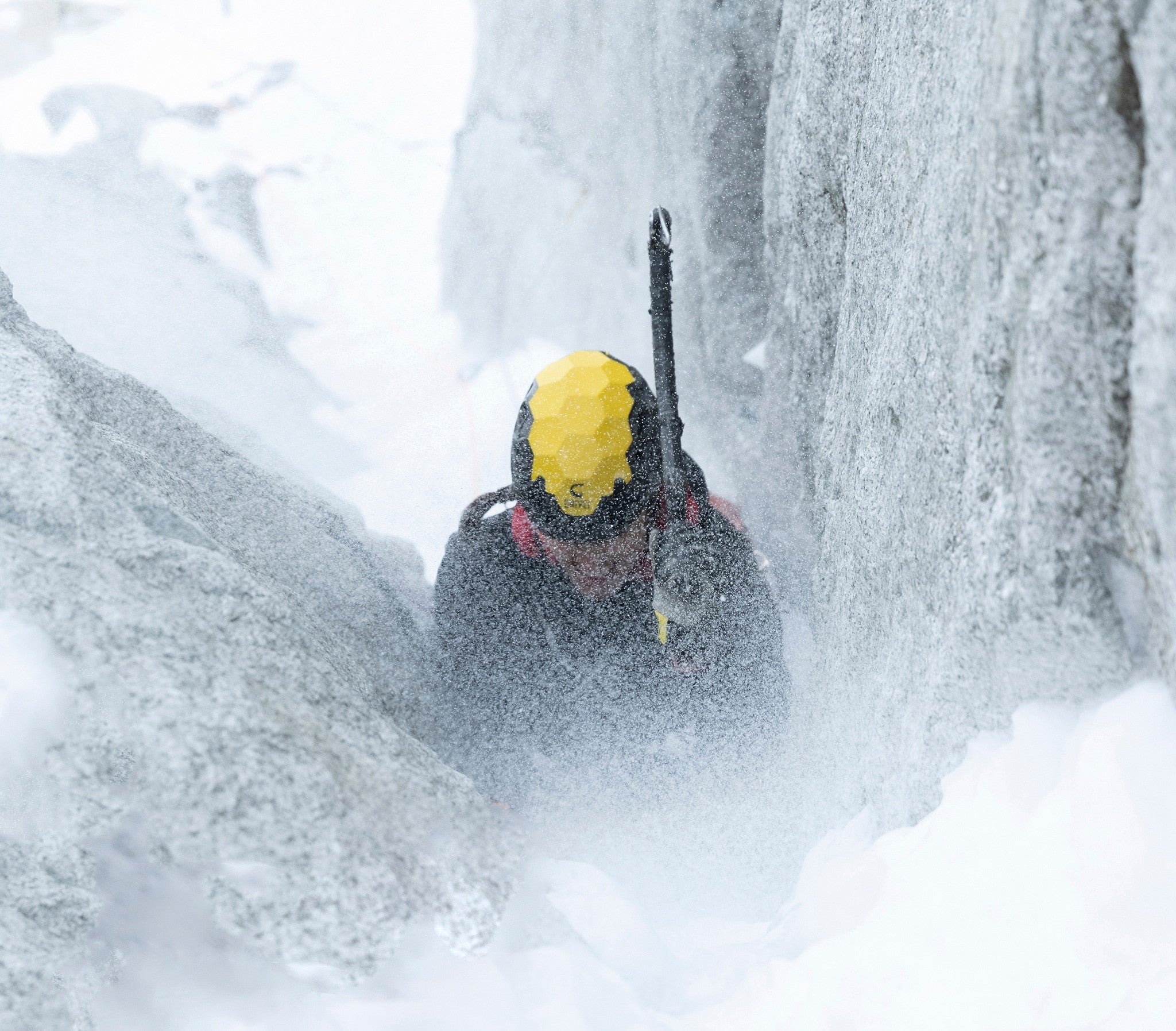
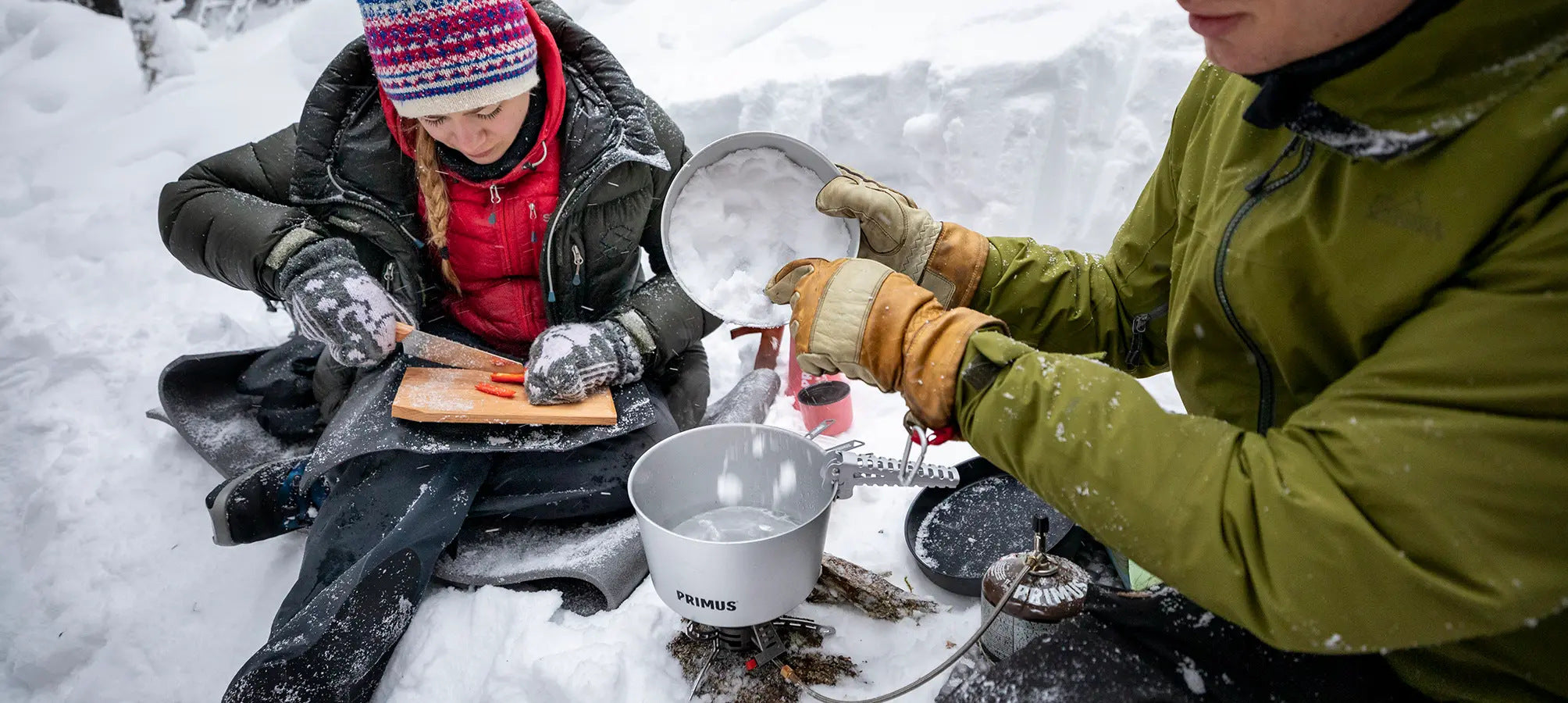

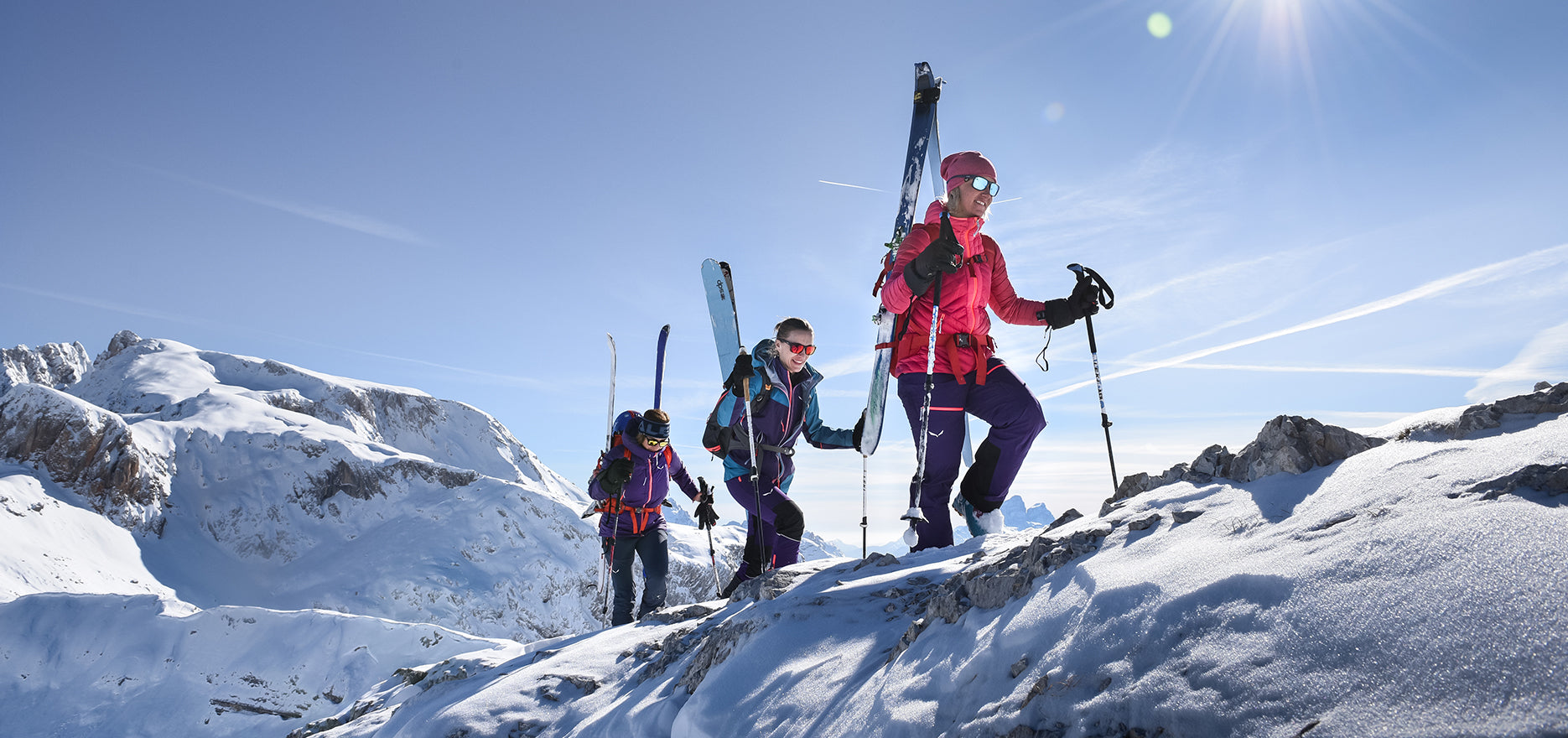
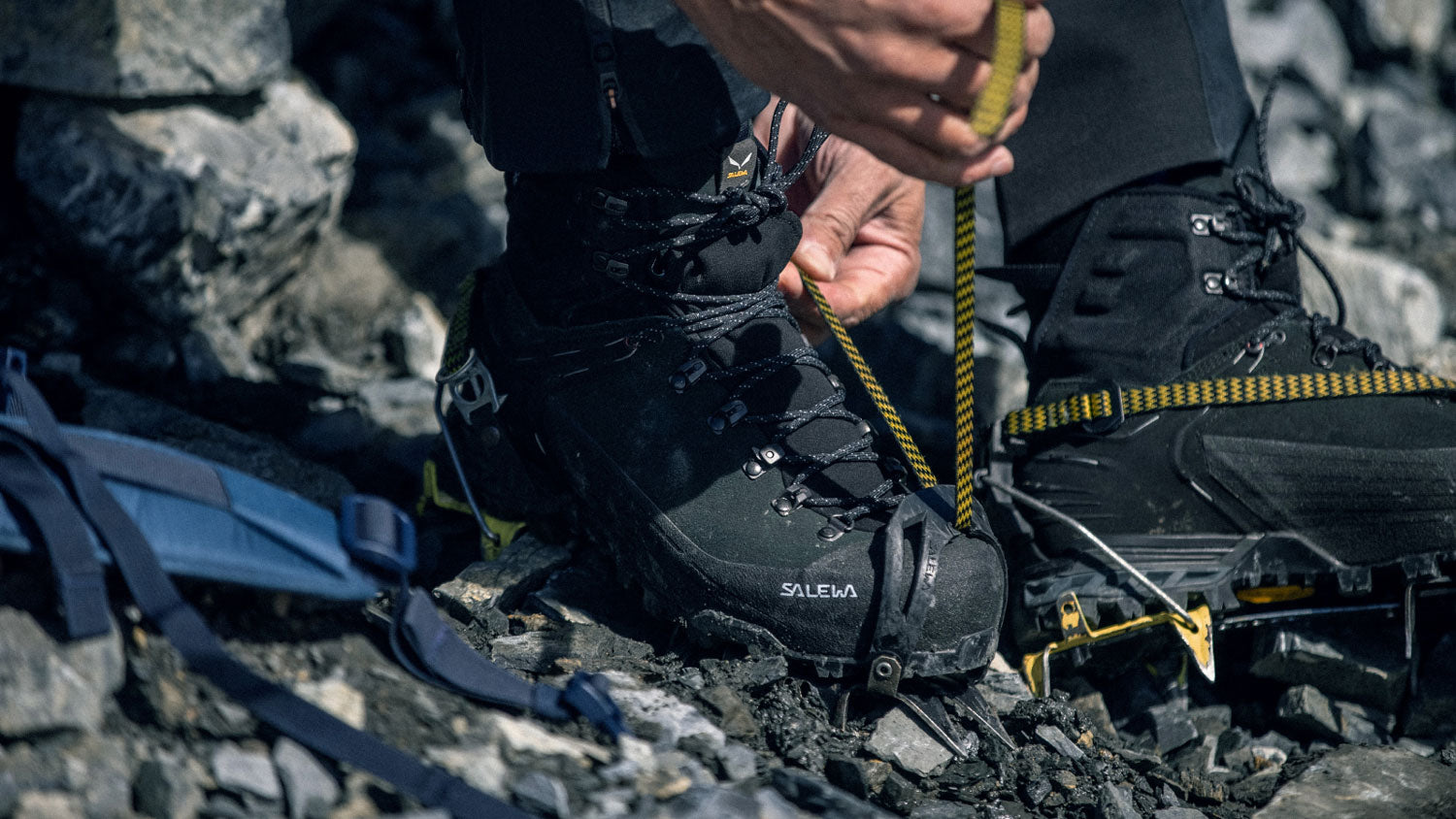
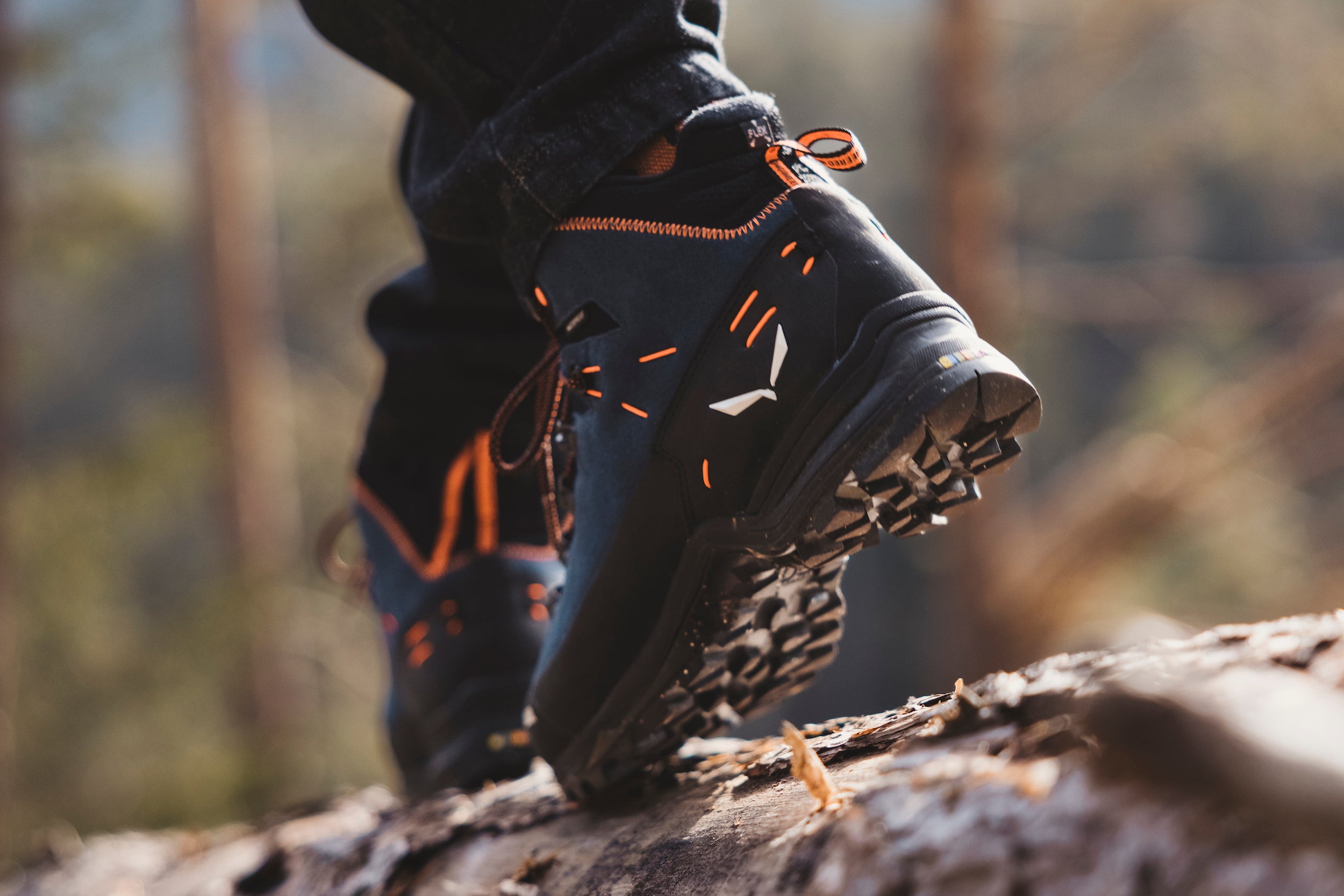
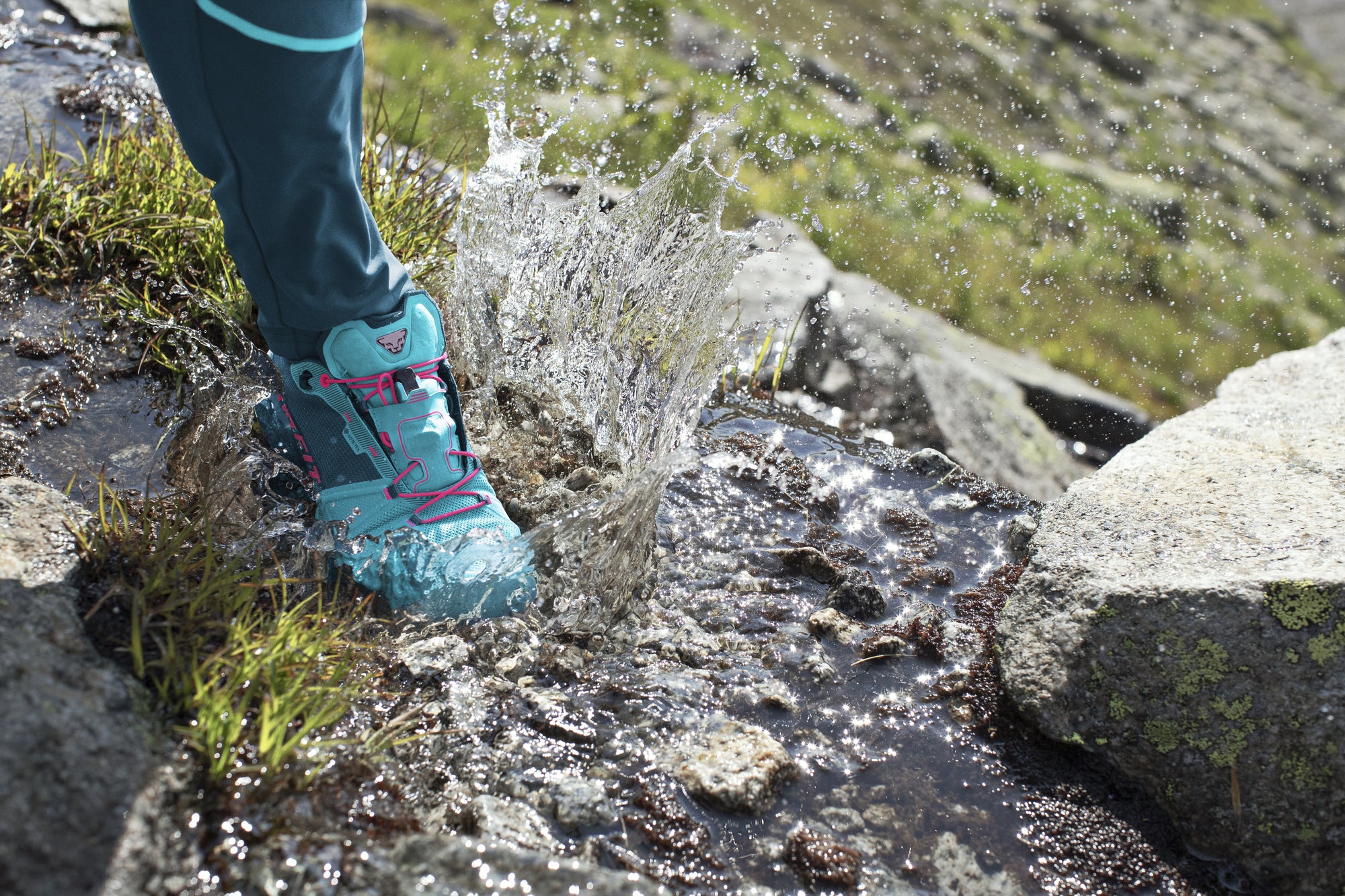
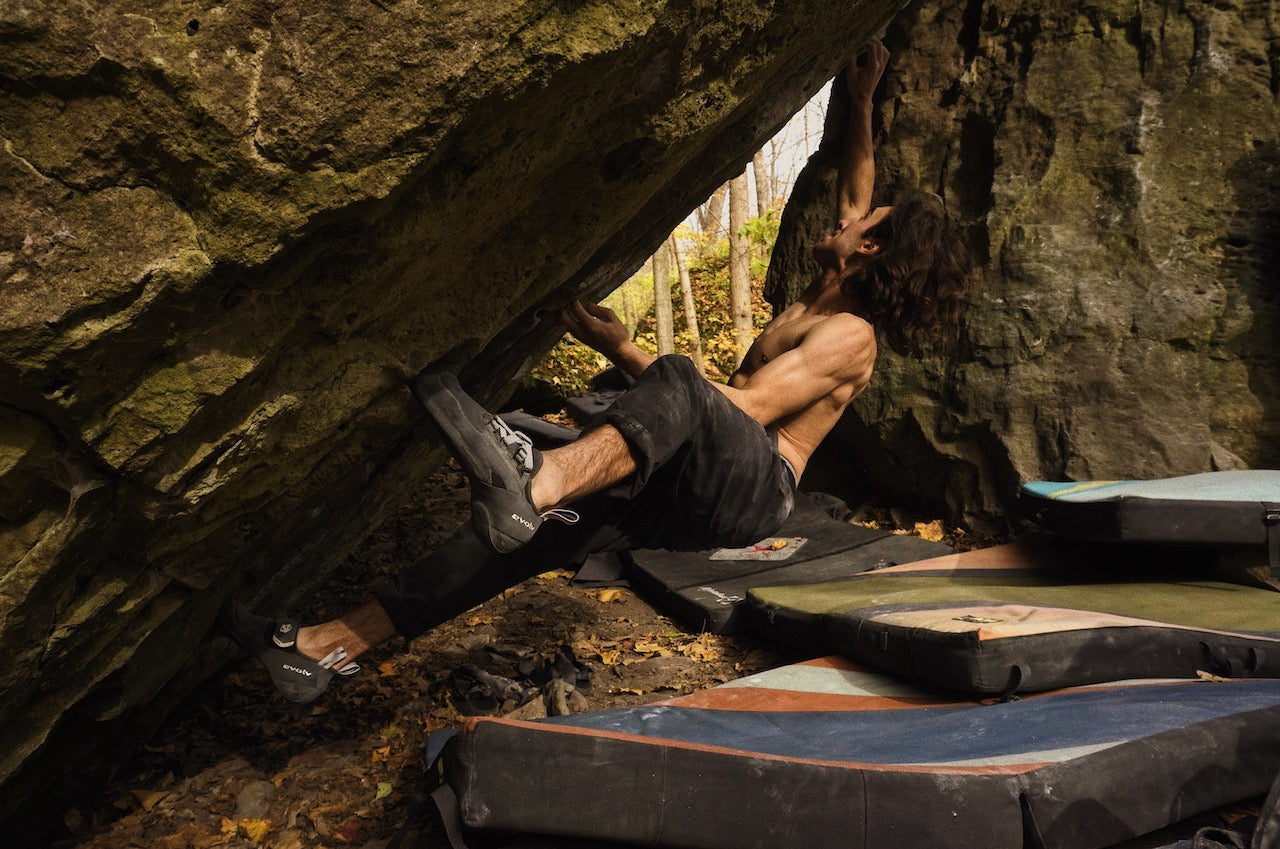
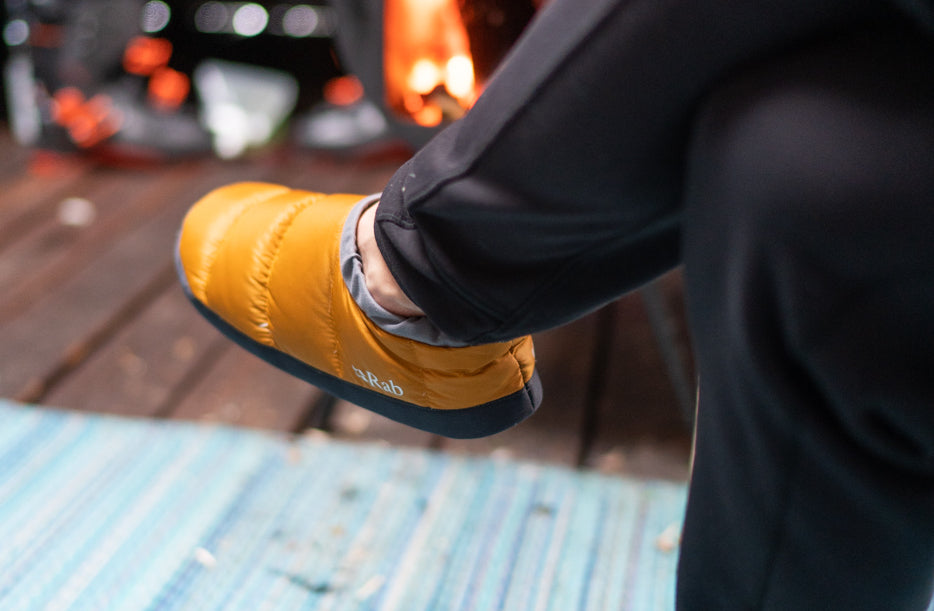
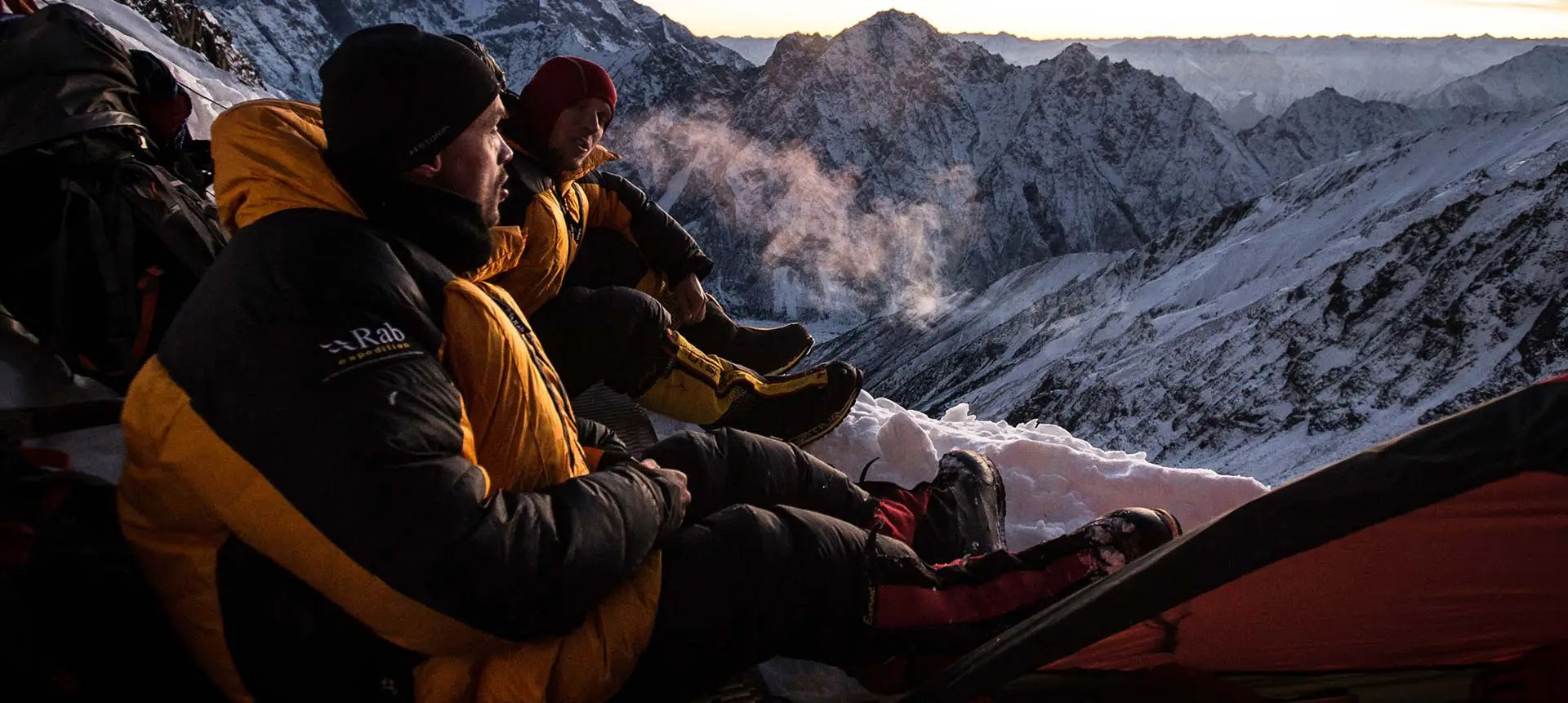
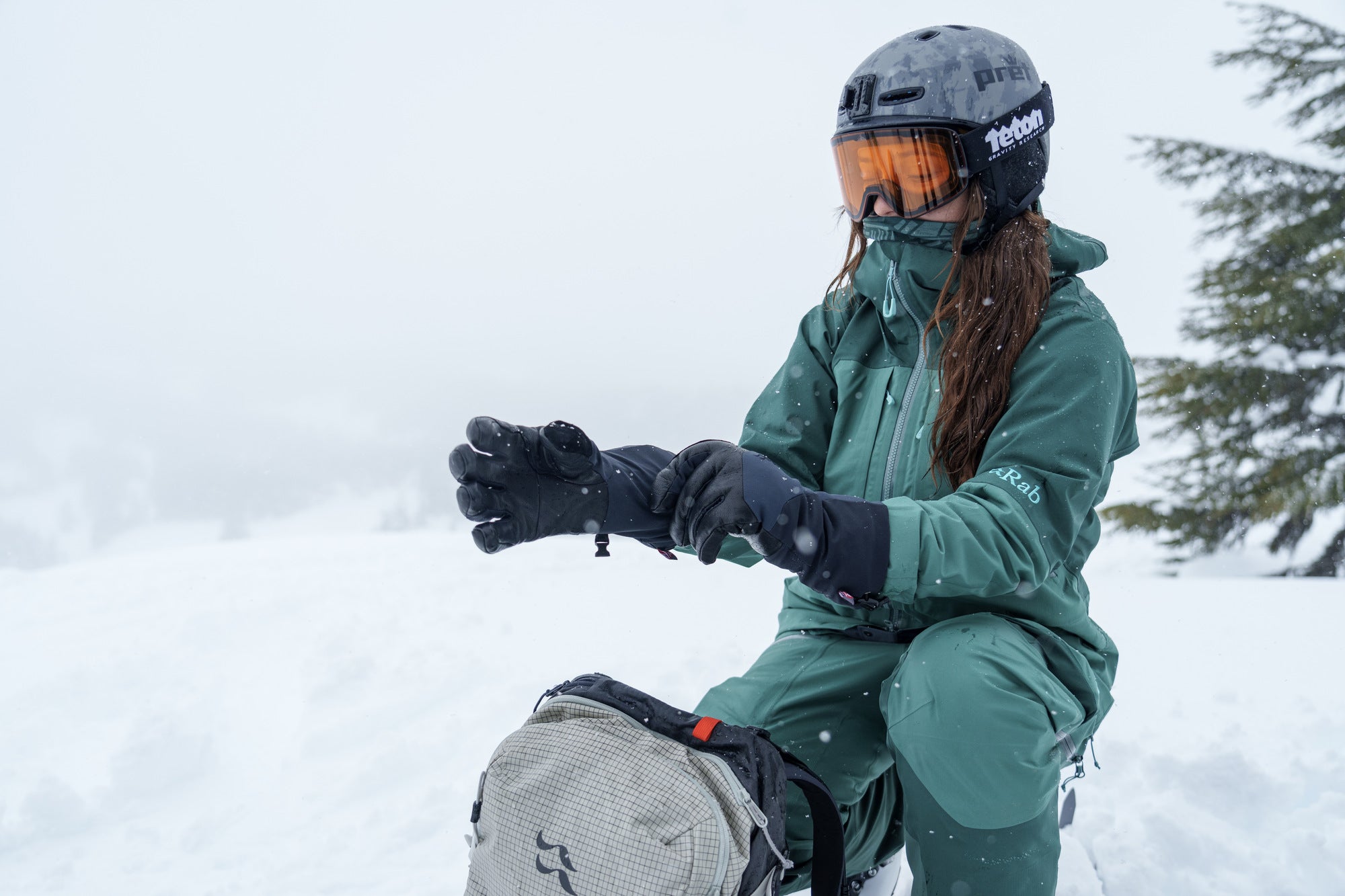
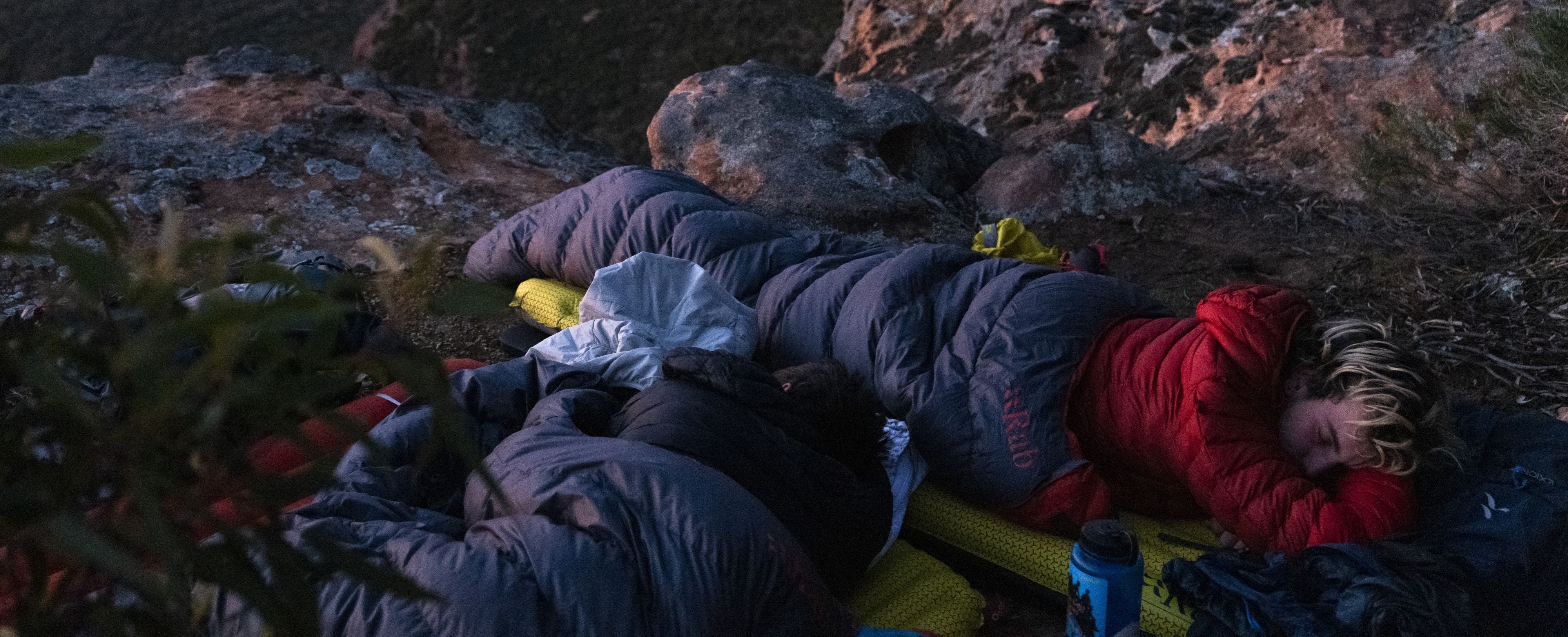
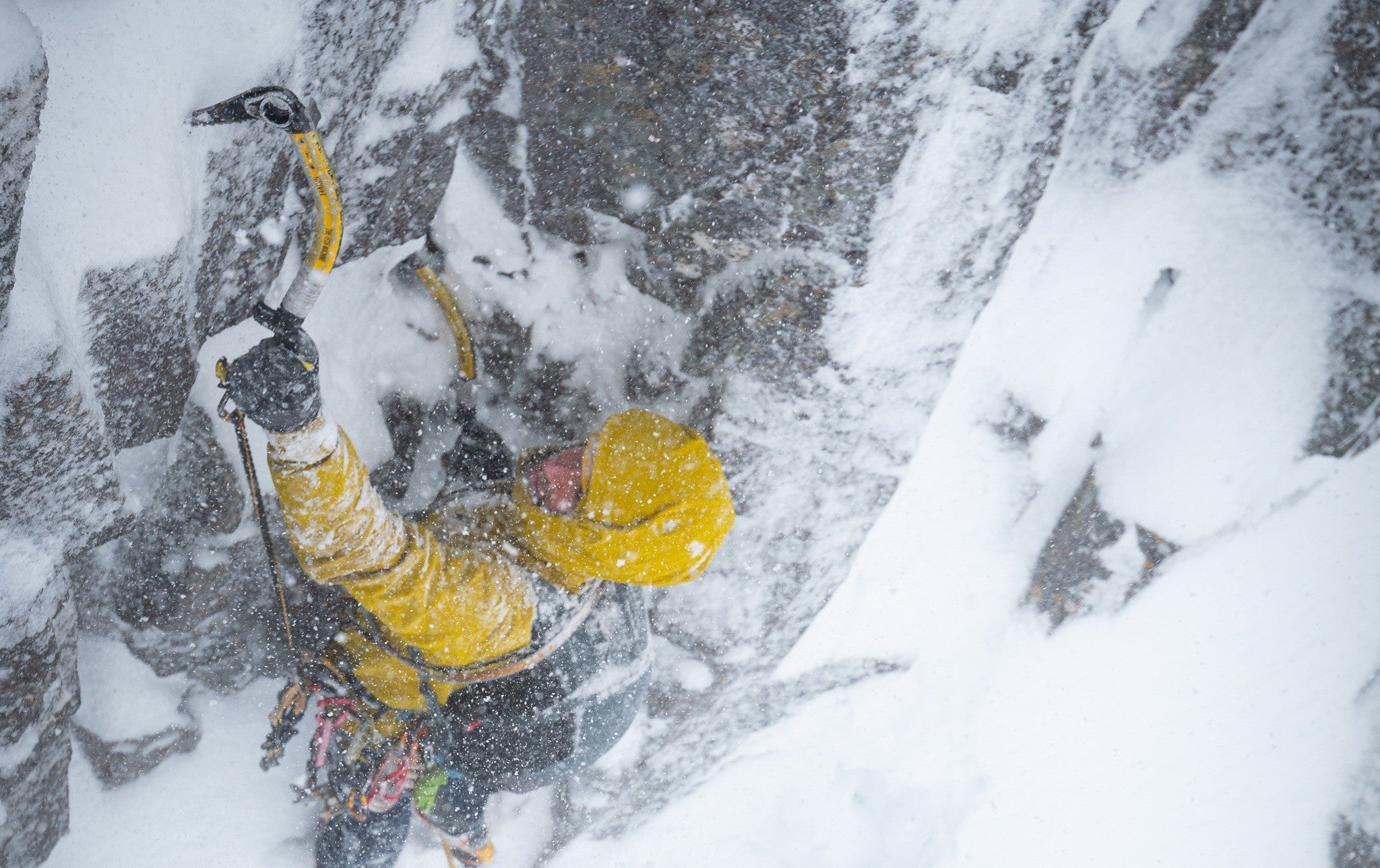
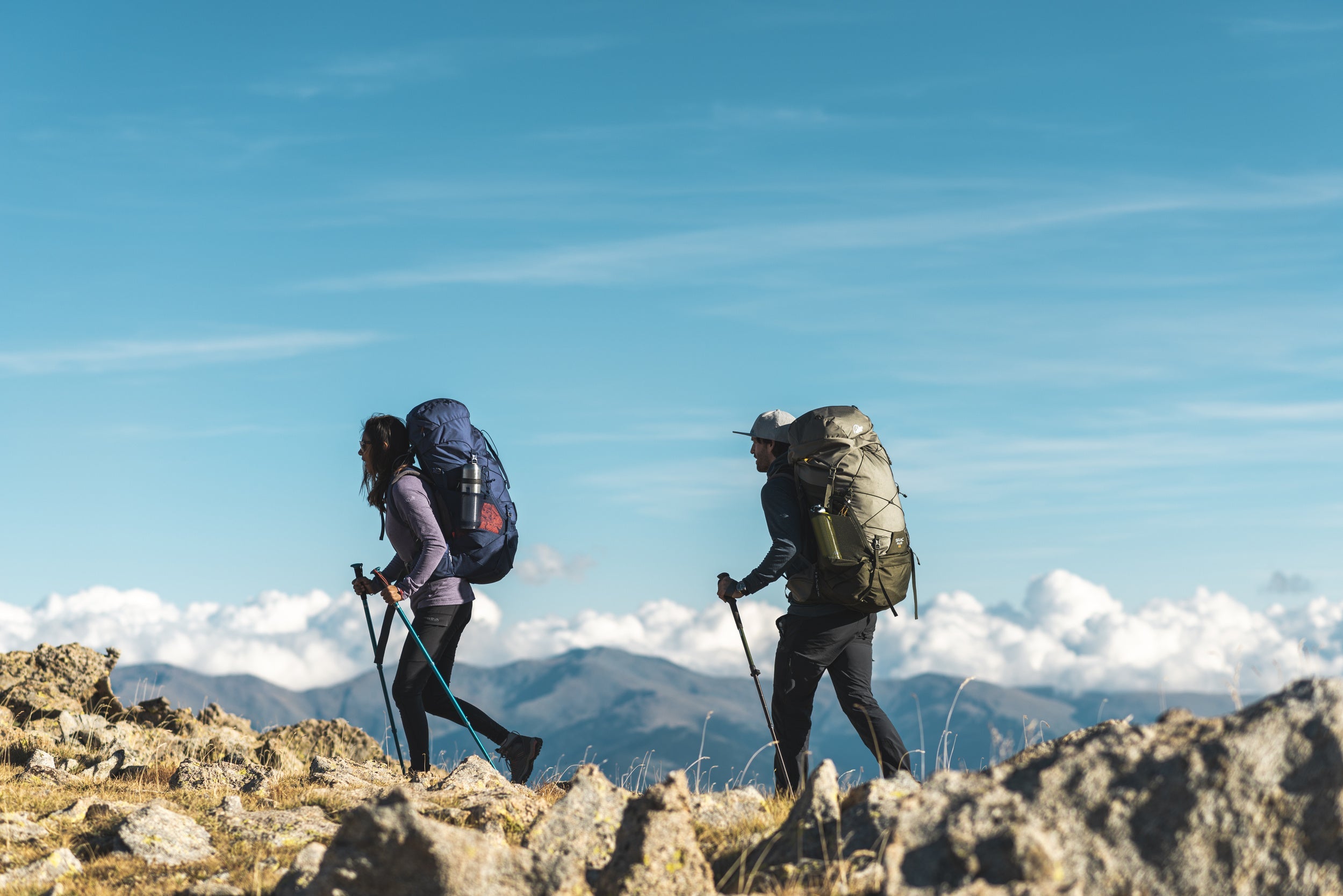



Leave a comment